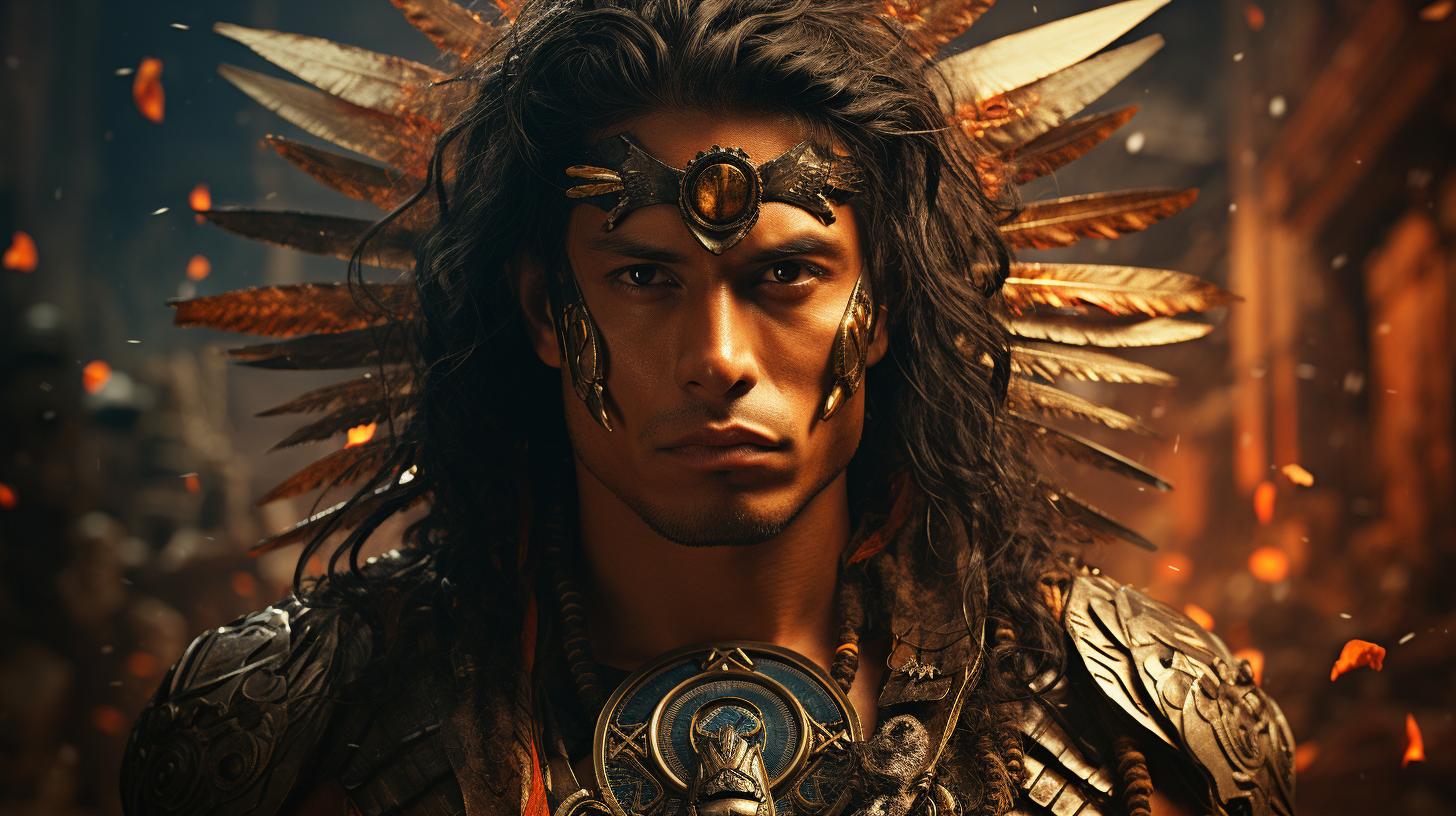Tlahuizc: Exploring the Ancient Mysteries of Mexico

Tlahuizc is an ancient deity of Mesoamerican civilizations, particularly prominent in Aztec mythology. As the embodiment of dawn and twilight, Tlahuizc holds symbolic significance and is associated with planetary movements.
The worship of Tlahuizc involved elaborate rituals conducted in dedicated temples, featuring offerings and prayers. This deity also left a lasting impact on art and architecture of the time, with depictions found in sculptures and murals.
Tlahuizc’s legends and mythology tell captivating stories of conflicts with the Sun. Today, scholars debate various interpretations, while recognizing Tlahuizc’s cultural preservation.
The History and Origins of Tlahuizc
Tlahuizc holds a significant place in the rich history of ancient Mesoamerican civilizations, particularly in Aztec mythology. Understanding the origins of this deity helps shed light on its cultural and historical importance.
Through its representations in various mythological narratives and religious practices, Tlahuizc offers a glimpse into the beliefs and traditions of these ancient societies.
Ancient Mesoamerican Civilizations
Tlahuizc’s roots can be traced back to the fascinating world of ancient Mesoamerican civilizations, which flourished long before the arrival of European explorers. These civilizations, including the Aztecs, Maya, and Olmecs, developed complex social, political, and religious systems.
Within this rich tapestry of cultures, Tlahuizc emerged as a prominent deity, intricately woven into the fabric of their beliefs and traditions.
The Tlahuizc Deity in Aztec Mythology
Among the Mesoamerican civilizations, Tlahuizc held a special place in Aztec mythology. The Aztecs revered Tlahuizc as the deity associated with dawn and twilight, symbolizing the transitions between light and darkness.
In their intricate pantheon of gods, Tlahuizc stood as a celestial being with deep cosmic significance.
The Aztecs believed that Tlahuizc’s role extended beyond the celestial realm. According to their mythology, Tlahuizc was a significant figure in the conflict between the Sun and Moon.
This enduring myth captured the imagination of the Aztec people and inspired countless stories and legends.
The depictions of Tlahuizc in Aztec art and artifacts offer further insights into this deity’s significance.
Sculptures and murals from the Aztec era showcase the intricate details and symbolism associated with Tlahuizc, providing a visual representation of this revered deity in their culture.
Exploring the history and origins of Tlahuizc provides a deeper appreciation for the ancient Mesoamerican civilizations and their intricate belief systems.
From the vast pantheon of gods to the captivating myths and legends, Tlahuizc’s presence resonates through the annals of Aztec culture.
Symbolism and Meaning of Tlahuizc
Representation of Dawn and Twilight
Tlahuizc holds profound symbolism in the representation of dawn and twilight. In Mesoamerican cultures, these transitional moments between night and day hold great significance and are associated with the cycle of life.
Tlahuizc embodies the spiritual essence of these liminal periods, representing the constant flow and balance between light and darkness, birth and death.
Connection to Planetary Movements
Tlahuizc’s connection to planetary movements further amplifies its symbolic meaning. In Aztec belief, Tlahuizc was associated with the planet Venus, which played a crucial role in Mesoamerican astrology. The celestial movements of Venus were believed to influence human destiny, and Tlahuizc served as a celestial guide, navigating the intricate path of the heavens.
This connection highlights the interconnectedness between the earthly and celestial realms in Aztec cosmology.
